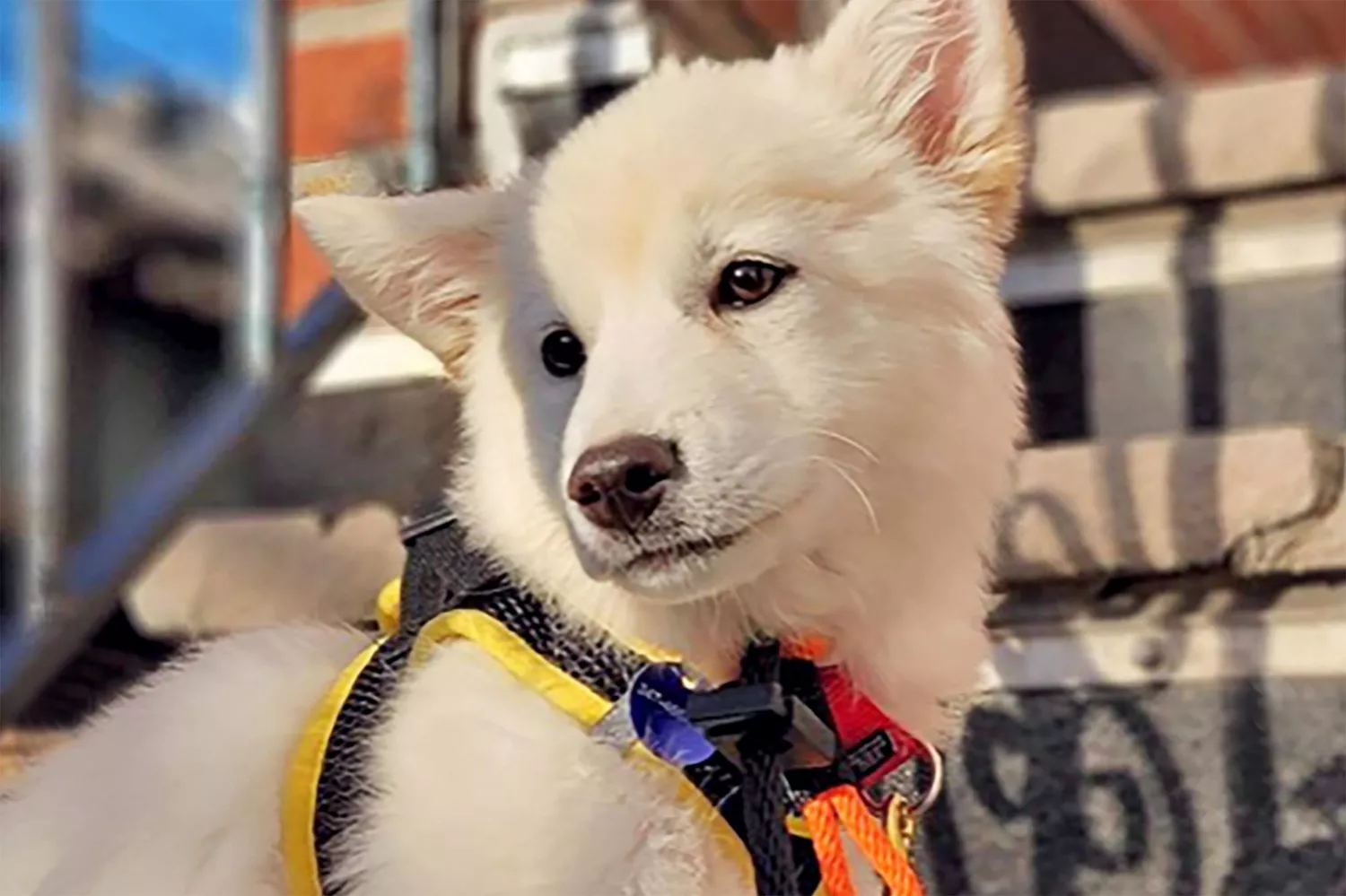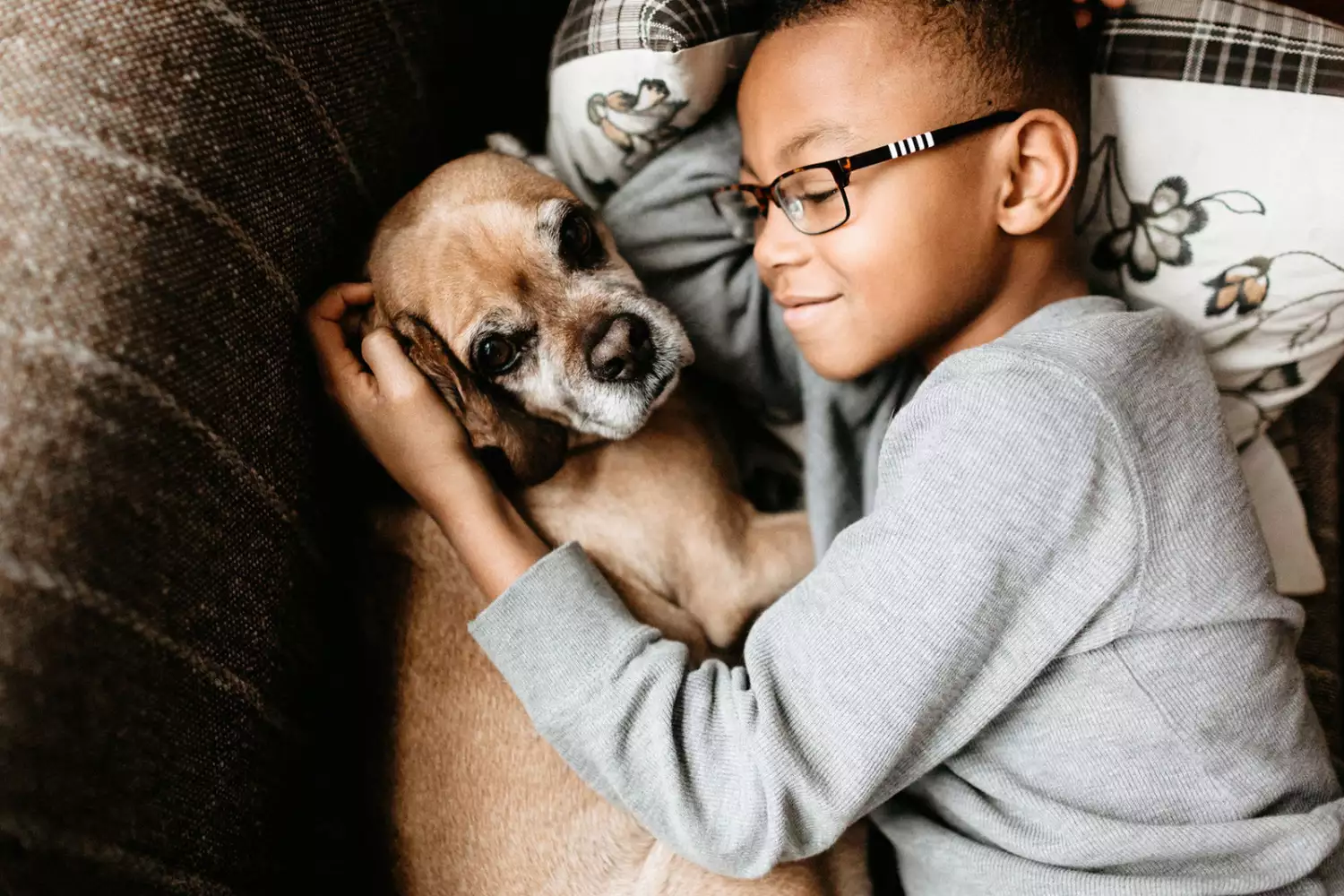
Whether you’re dreaming of a furry running partner, a treking pal, or just a fuzzball to cuddle with on the sofa, embracing a pet can appear like the perfect move. It’s easy to look at bringing home a brand-new four-legged BFF with rose-colored glasses without truly pausing to ask yourself, “should I adopt a pet?”
Gail Miller Bisher is a handler, trainer, judge, and citizen professional for the Westminster Kennel Club Dog Show. She suggests producing a list of what to remember prior to you begin browsing local shelters. Here are some ideas and indicate think about.
1. Evaluate Your Lifestyle
The top thing to think about prior to adopting a canine is to genuinely evaluate your way of life. Getting an animal shouldn’t be an impulse choice, no matter how easy it is to swoon over a fuzzy face. If you travel for work a lot, have a short-lived housing circumstance, or need to be mindful of expenditures for a while, make a strategy. There will constantly be great dogs offered when you’re prepared.
If now isn’t the correct time to embrace a canine, do not anguish! You can still get a hefty dose of puppy love by offering at a shelter– they’re always in need of compassionate and trusted human beings. Or perhaps foster rescue dogs for a number of weeks at a time to assist them accustom to a house environment (and end up being irresistibly adoptable by somebody else).
2. Consider All Family Members
What you can use a new canine extends to how well they’ll connect with the household. Some pets are instantaneous friends for kids and blend well into a busy home with other dogs, cats, and extra critters. There are pups who are much better fit in families with older children, senior citizens and retired people, or single-animal houses.
3. Research the Breed
There are 200 registered purebred canine breeds in the U.S. and literally dozens of mixed breeds. And different types have various needs.
Some canines live a very long time (surpassing 15 years, in some instances). Others are reproduced particularly for certain jobs, such as herding or searching, and will have particular expectations of you! “What the canine was initially bred to do will tell you a lot about how they’ll act,” Bisher explains.
Some of the best homework a novice dog owner can do is being familiar with a type’s character, attributes, and other aspects prior to offering their heart away. Experienced dog moms and dads may discover a thing or more about brand-new types also. Take some time to talk with respectable breeders or breed-centered rescue companies if you prefer a specific type of dog.
4. Prepare for Mental and Physical Exercise
” If you simply like to hang out on the sofa, there are certain types you shouldn’t have,” Bisher states. “All types have different workout needs.
Active puppy moms and dads frequently take their energetic pet dogs with them on walkings, runs, and even kayaking trips. More easygoing folks hope for a snuggly small dog who’s material to play fetch and walk around the block.
But even if your new puppy isn’t a marathon runner, all pets love daily video games and activities that engage their minds, assist them bond with their human beings, and keep them out of mischief.
5. Purchase Training
Our canine friends are smart– and some are incredibly smart! They’re eager to discover, too, so another thing to consider before embracing a pet is how to train them and why it’s crucial.
Not only does positive reinforcement training and early socializing guarantee they’ll be good doggy homeowners, but also constantly builds on their natural instincts and abilities. Teaching standard skill hints and fun tricks guarantees your pet dog prospers. You can also employ a dog trainer or behaviorist to help.
6. Be Conscious of Grooming
Specific dogs have specific grooming requirements that need dedicated attention, proper grooming tools, and perhaps even routine trips to professional groomers for the best care.
Double-coated dog breeds such as Siberian huskies and Labrador retrievers not just shed (a lot), however they likewise “blow coat” in the spring and fall. Other breeds, such as Yorkshire terriers, in fact have hair that needs more regular grooming appointments due to the fact that it grows long rapidly.
” If you do not want to spend a great deal of money and time, discover a canine that’s easier to groom,” Bisher suggests.
7. Partner With a Veterinarian
When looking into dog types, you’ll discover the general health of your preferred puppy and any awaited conditions or illness. Reputable breeders deal with geneticists and vets to ensure the health of their lines and pups, but a little preemptive assistance from a local vet can affect your choice, too. Work with a veterinarian partner who:
Knows how to treat your breed. Some dogs, such as the saluki or English foxhound, are amongst the rarest pet types in the U.S. and might require more specialized care.
Understands the unique health characteristics of crossbreed pets. If you discover a goldendoodle or Cavapoo who needs a great house, talk with a veterinarian to get the lowdown on both moms and dad types and what to expect.
Establishes a breed-specific nutrition strategy. From the quantity of food your pet dog needs to what diet is best for certain health problems, your veterinarian has ideas that will assist.
8. Spending plan Accordingly
Put simply: Dogs are expensive. You’ll want to be well-briefed on all aspects of care and associated costs, consisting of:
How much a young puppy expenses in the very first year
What dog vaccinations you require, how frequently, and average rates
The general expenses of vet sees where you live
Professional canine grooming services and tips
Whether the cost of family pet insurance coverage is worth it
How much you’ll spend for additional services such as pet training, animal sitters, boarding, and pet walkers
Because you eventually wish to provide a pet an amazing life, there’s no rush to make this decision. Take your time, weigh the options, and with all your newfound research, you’ll have full confidence picking the BFF you’ve always desired.










